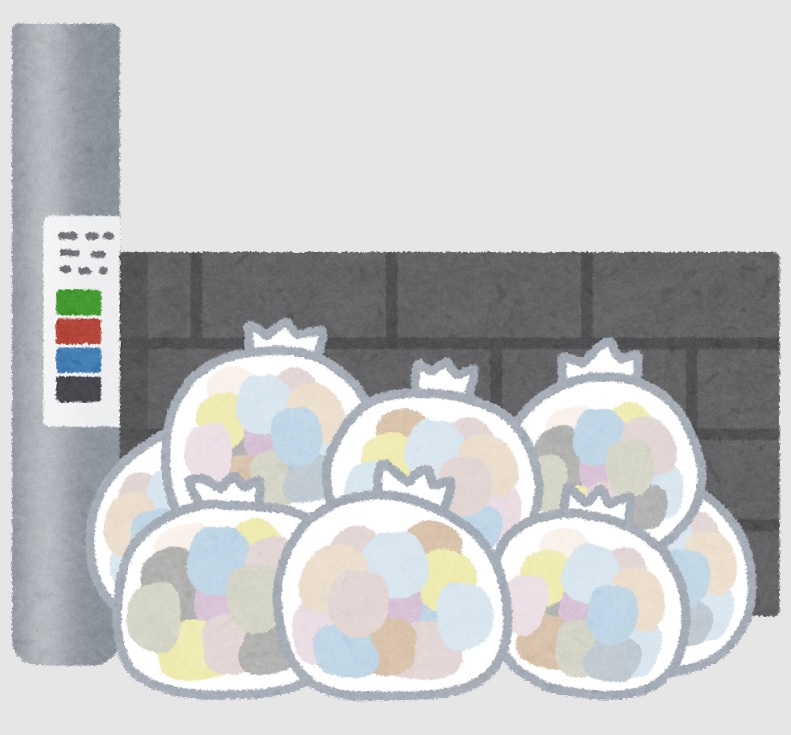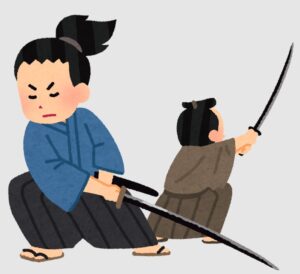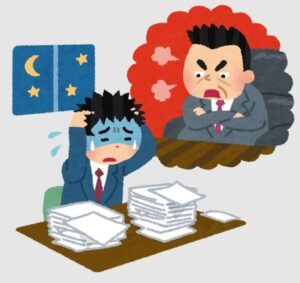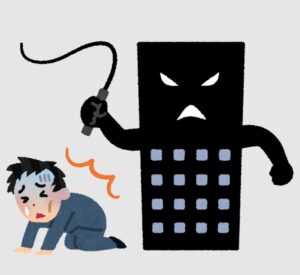「全部ゴミ|投資の落とし穴:毎月分配型商品の危険性」
〜前回のつづき〜
●“毎月もらえる”は“毎月貧しくなる”の始まり~“情弱ホイホイ”それが毎月分配型ファンド~

ダメ商品の代表例を
紹介します。
これは本当に
引っかかってる人が多くて
・年配の人
・親が買わされてる
とか
いっぱいあると思うんですけど
毎月分配型の投資信託は
ダメ商品の典型的な例です。
結論だけ言えば
毎月分配型の投資商品は
全部ゴミです。
・私のは大丈夫
・あの人が紹介してくれたから
・海外の高金利の◯◯だから
誰しも
自分が選択したものが
失敗だと思いたくはない。
みんな最初は
・あの人はそんな商品持ってこないよ
・今は中国がアツい!
・ブラジルがアツい!
と言いますが
そういう以前の問題の商品です。
なので
毎月分配型の商品を買ってる人は
全部ゴミ商品を買ってると
思ってください。
理由を説明します。
(1)バカ高い手数料
投資信託というのは買う時に
3つの手数料がかかります。
1-a)購入時の手数料
ネット証券であれば無料が多いですが
銀行の窓口では当然取られます。
1-b)信託報酬
毎年かかる手数料です。

農家のおっちゃんに支払う
毎月の維持手数料で
これが
毎月分配型の投資信託の場合
大体2〜3%取られます。
この数字だけ聞くと
投資初心者であれば
高いのか安いかわからないし
利益が上がれば
それぐらいいいのでは?
となります。
前回お話しした通り
投資の平均利回りはせいぜい
5〜7%です。
だから平均の点数を出せてる投資で
5〜7%なのにそこから
2〜3%引かれるんですよ。
半分引かれちゃう。
購入時の手数料を酷いものだと
4%とか取られます。
だからもう
買った段階で赤字なんです。
一年目の利益は
全部吹っ飛んでる状態に
なってしまいます。
1-c)信託財産留保額
解約手数料だと思って下さい。
(2)分配金の問題
ここが話をややこしくしてるというか
分かりづらくしてる。
人間の心理を巧みについてくる。
みんな嬉しい分配金ですよ。
人間というのは
一年後の100万円より
今月貰える1万円
来月も貰える1万円の方が
嬉しいという生き物です。
ちゃんと貰える分配金。
例えば
不動産REIT。
不動産投資で分配金が出る。
投資信託だって
分配金が出る。
別に分配金が悪い訳ではない。
ここを
巧みに使っているんです。
なぜダメなのか?
毎月分配型の
投資信託の分配金だけ
なぜダメなのか?
分配金には二種類あります。
・普通分配金
・特別分配金
中でも
特別分配金がクセモノです。
いわゆる

『タコ足配当』と
言われているんですが
自分の足を
自分で食べてるのと同じです。
前回いいよと
お話しした分配金というのは
・株価が上がった
・企業の利益配分
これらは
『普通分配金』です。
これは普通の形なので
問題ないです。
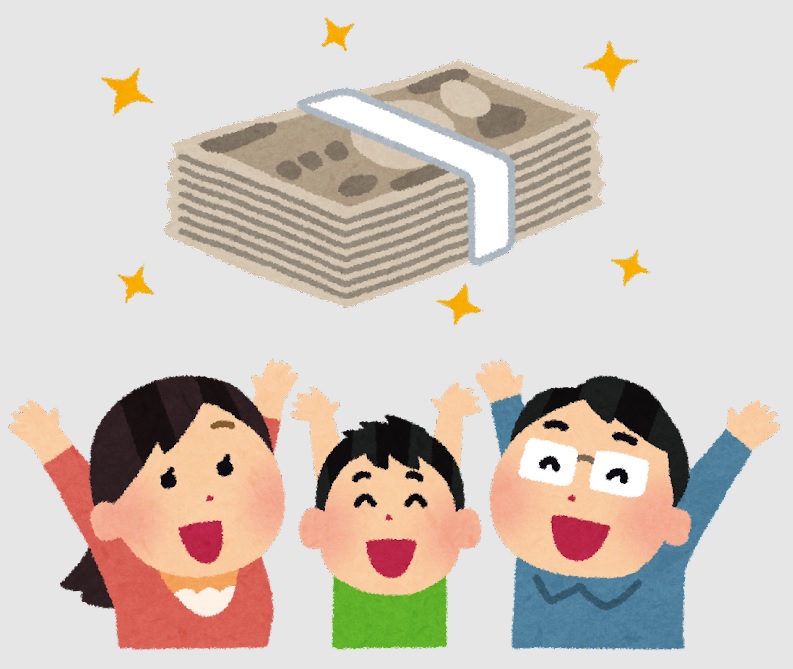
「儲かったから
投資家の皆さんに分配しますよ」
というのが
本来の考え方です。
別にこれは悪くない。
問題なのは
『特別分配金』の方です。
ほとんどが
毎月分配型の場合
こっちになってる。
次回
分配金の仕組みを
お話しします。
〜〜〜つづく〜〜〜
Special Thanks college president Ryo.

●おまけ
≪≪perplexityちゃんによる文章まとめ≫≫
毎月分配型の投資信託は、多くの専門家から「避けるべき商品」とされています。
その主な理由は、手数料が非常に高く、購入時や運用中に多額の費用がかかることです。
特に年率2~3%の信託報酬は利益を大きく削り、安定的な資産形成を妨げます。
また、分配金には「普通分配金」と「特別分配金」があり、毎月分配型の多くは元本を取り崩す特別分配金(タコ足配当)が混在しているため、実質的に元本が減ってしまいます。
毎月の分配を魅力に感じても、長期的には資産を減らす可能性が高いため、高齢者や初心者は特に注意が必要です。
分配金を得たい場合は、分配金を出さない商品を購入し、自分で定期的に売却するほうが合理的とされています。
- https://money-sense.net/452/
- https://money-sense.net/13811/
- https://note.com/yona47_fts/n/nc0107ead0729
- https://money-bu-jpx.com/news/article048848/
- https://ameblo.jp/mofuwaku/entry-12873240470.html
- https://www.am-one.co.jp/warashibe/article/fuyasu-20230731-1.html
- https://www.diamond.co.jp/book/9784478068373.html
- https://www.nikkei.com/article/DGXZQOUB1385H0T10C25A6000000/
- https://diamond.jp/articles/-/133633?page=2
≪≪Chat-GPTくんによる英訳≫≫
~Continuation from the last post~
【”Get paid every month” is just the beginning of getting poorer every month.
Monthly dividend funds — bait for the financially clueless.】
—
Let me introduce a textbook example of a garbage financial product.
This one’s really got a lot of victims.
Elderly folks
People whose parents were talked into it
I’m sure you know someone.
Monthly dividend mutual funds are one of the clearest examples of a bad investment product.
Let me just say this outright:
> All monthly dividend investment funds are trash.
You might be thinking:
“But mine is different.”
“It was recommended by someone I trust.”
“It invests in high-yield assets overseas!”
Nobody wants to admit they made a bad choice.
In the beginning, everyone says:
“There’s no way he would sell me something bad.”
“China’s hot right now!”
“Brazil’s interest rates are high!”
But honestly, that’s missing the point.
If you’re holding a monthly dividend fund,
assume you’re holding a financial trash fire.
—
Here’s why.
(1) Outrageous fees
When you buy a mutual fund, there are three layers of fees:
—
1-a) Front-end sales fee
Free on online brokerages, but banks? Of course they’ll charge you.
—
1-b) Annual management fee (a.k.a. expense ratio)
Think of it like paying a farmer every month to water your crops.
But in the case of monthly dividend funds, you’re paying 2–3% annually.
That might not sound like much, especially if you’re a beginner.
You might think:
> “If I’m making profits, isn’t that worth it?”
Well, as I mentioned before,
the average annual return on investments is only around 5–7%.
So if you’re getting a decent return of 5–7%,
and 2–3% gets eaten up by fees…
You’re losing nearly half of your gains to costs.
In fact, with some front-end fees reaching 4%,
you’re already in the red the moment you buy it.
Your entire first year’s return?
Gone.
—
1-c) Redemption fee
Also called the “trust reserve fee” — basically a penalty for selling.
—
(2) The problem with the dividends themselves
Here’s where things get sneaky — and confusing.
These funds prey on basic human psychology.
Who doesn’t love monthly payouts?
We humans are wired to prefer:
> “1,000 yen today and another 1,000 next month”
> over
> “100,000 yen a year from now”
Even if the logic says otherwise.
So yes — these funds do pay out dividends.
For example:
Real Estate Investment Trusts (REITs) pay dividends from rent income.
Stocks may pay out dividends from company profits.
And dividends themselves aren’t the problem.
But here’s where it gets tricky:
> Why are monthly dividend funds bad when they also pay dividends?
Because not all dividends are created equal.
There are two types of dividends:
Ordinary Dividends
Special Dividends
And it’s the special dividends that are the problem.
This is what’s known as a “return of capital” —
or in Japanese slang, “octopus-leg payouts” (タコ足配当).
In other words, the fund is eating its own capital to pay you.
The “good” kind of dividend — the one I mentioned last time — comes from:
Stock price gains
Actual profits from companies
That’s an ordinary dividend, and that’s fine.
> 💬 “We made a profit, so we’re distributing it to our investors.”
That’s how dividends should work.
—
But in most monthly dividend funds?
You’re getting the bad kind — special dividends.
You’re not being paid from profit.
You’re being paid with your own money.
Coming up next:
> I’ll break down how the dividend trick really works.
Special Thanks OpenAI and Perplexity AI, Inc
